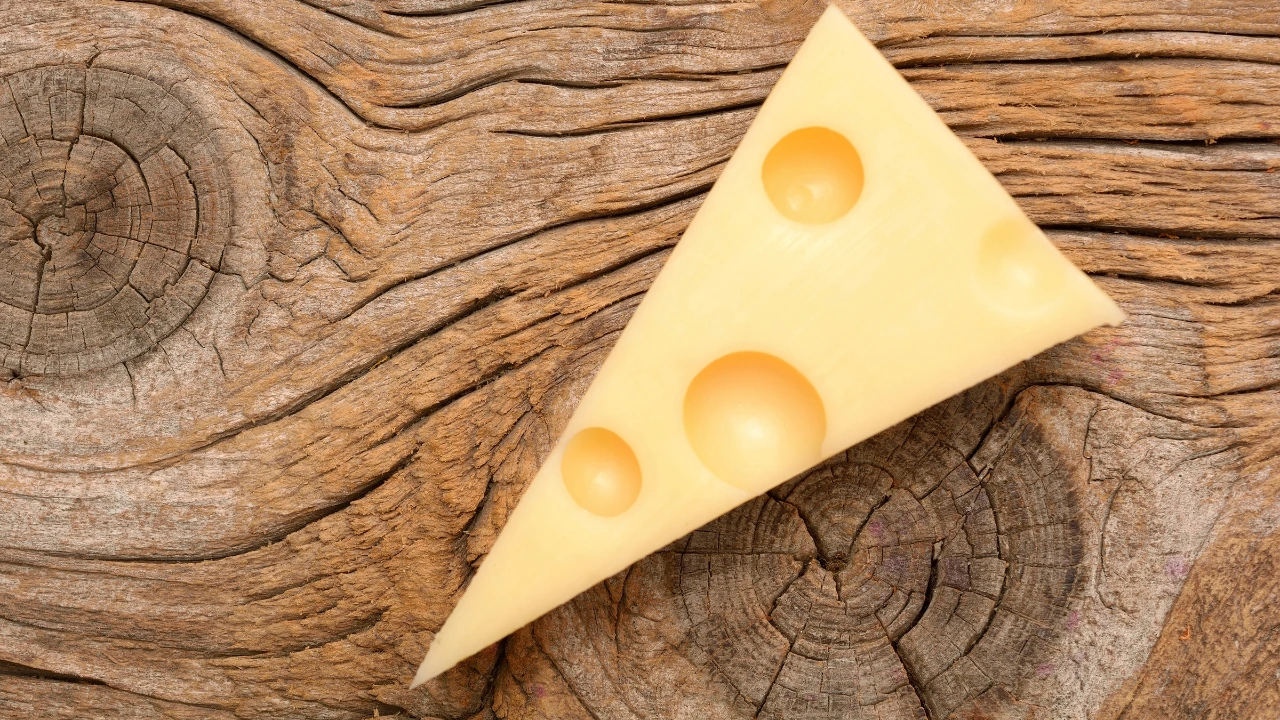
IN THIS ARTICLE
Most babies can have softer cheeses as soon as they’re used to chewing or gumming other solid foods, usually around 6 to 9 months.
It is a healthy food for babies – it’s a good source of protein and calcium. It also has phosphorus and vitamins B12 and A.
But keep in mind that cheese is a common choking hazard for babies, so don’t give them large chunks of hard to eat.
The best cheese for babies
The best types of cheese for early eaters are fresh mozzarella, ricotta, mild goat cheese, and other soft cheeses. Harder cheeses like cheddar can be introduced once your baby is a more experienced chewer.
Some processed cheeses are high in sodium and offer less nutrition, so try to stick with less-processed cheese that’s lower in sodium. Also, avoid low-fat cheeses and opt for cheeses that are made from whole milk, since babies need healthy fats to support their development.
Make sure any cheese you give your child is pasteurized. (It will say so on the product label.) Cheese made with unpasteurized (or raw) milk isn’t safe for babies because it could be contaminated with listeria monocytogenes, a form of bacteria that can cause fatal foodborne illness, especially in infants.
Can babies be allergic to cheese?
If your baby has chronic eczema or a food allergy, talk to their doctor before giving them cheese. Cheese isn’t one of the top allergenic foods, but it can still cause allergies because it contains milk protein.
Experts say most babies can start eating cheese after a few traditional solid foods (such as baby cereal, pureed meat, vegetables, and fruits) have been introduced without an allergic reaction. Even children with mild eczema or a family history of food allergies or asthma can eat cheese as long as they tolerate more common foods first.
When introducing a new food, give it to your baby at home, rather than at daycare or a restaurant. Serve it for three to five days before offering something else; that way you can monitor for a reaction and know what’s likely causing it.
Signs of a food allergy include hives, itchy skin rashes, swelling, nausea, vomiting, diarrhea, and pale skin. If you notice any of these symptoms in your baby, let their doctor know. If your baby has symptoms that involve multiple parts of the body (such as hives with vomiting or diarrhea), it could be an anaphylactic reaction.
Other signs of an anaphylactic reaction are throat tightness, breathing problems, wheezing, lightheadedness, and loss of consciousness. If your baby shows signs of an anaphylactic reaction after eating cheese, call emergency number and room immediately.
Lactose intolerance is different from a dairy allergy (it’s a digestive response, rather than an immune response), but there isn’t very much lactose in cheese, so babies don’t usually have trouble digesting it.
While cheese is fine for babies, wait until your baby’s a year old before giving them cow’s milk. It’s difficult for babies to digest, and doesn’t have the right amounts of various nutrients babies need.
How to serve cheese to your baby
To prevent choking, at first offer only softer cheeses such as little mounds of ricotta or low sodium cottage cheese to your baby. As your baby gets older, you can serve grated, slightly firmer cheeses such as mild cheddar or Swiss.
Once your baby is an experienced chewer, you can give them bite-sized cubes of cheese along with other finger foods, like crackers, chopped hard-boiled eggs, and berries.


Add a Comment